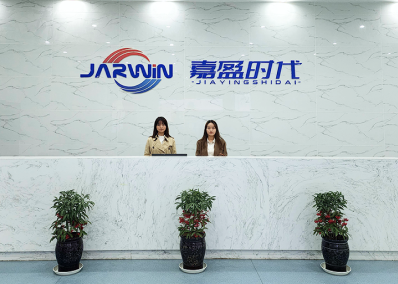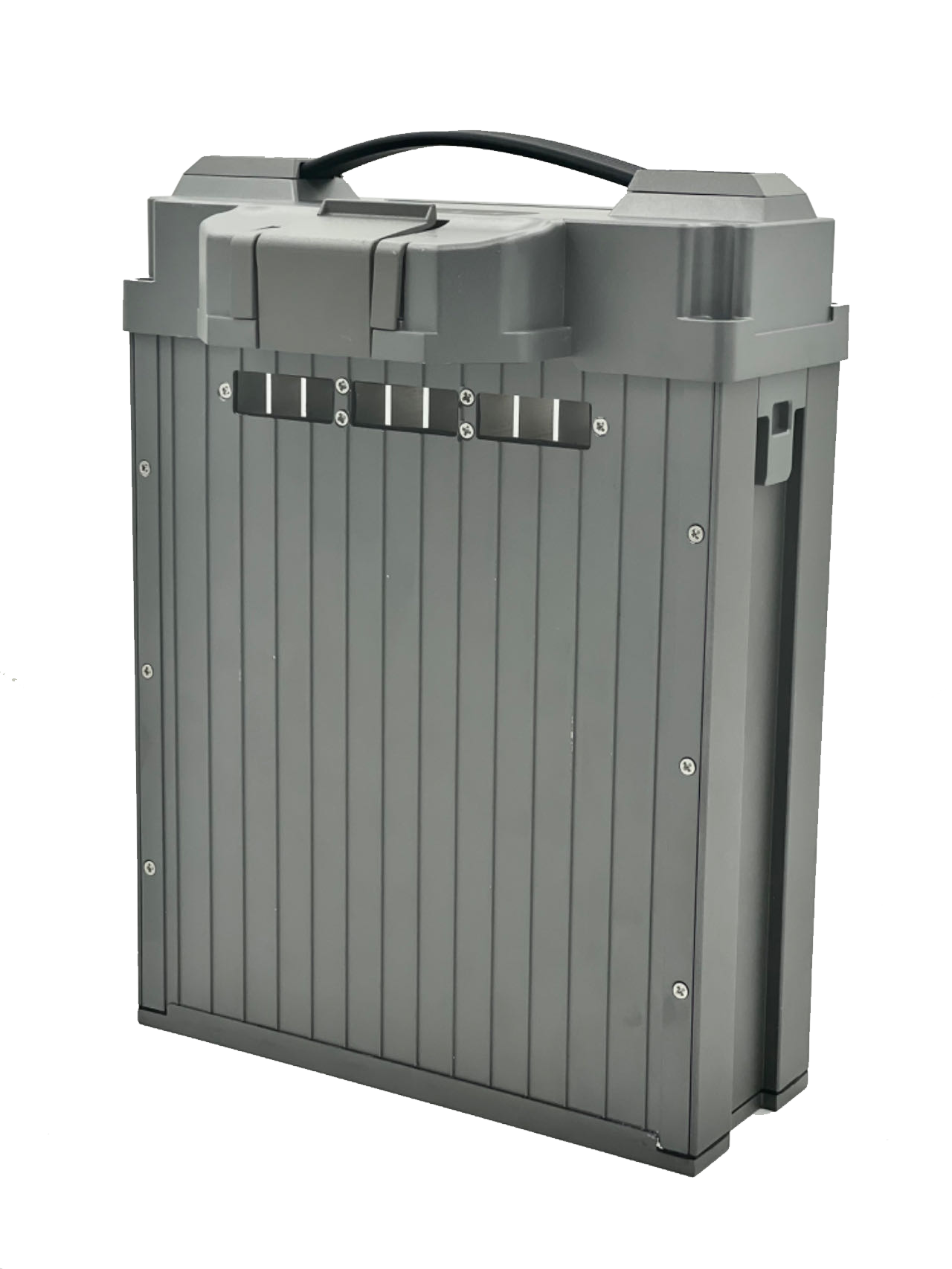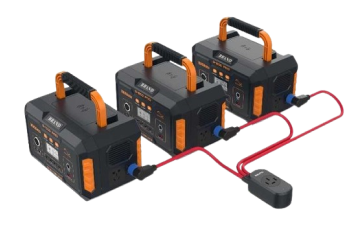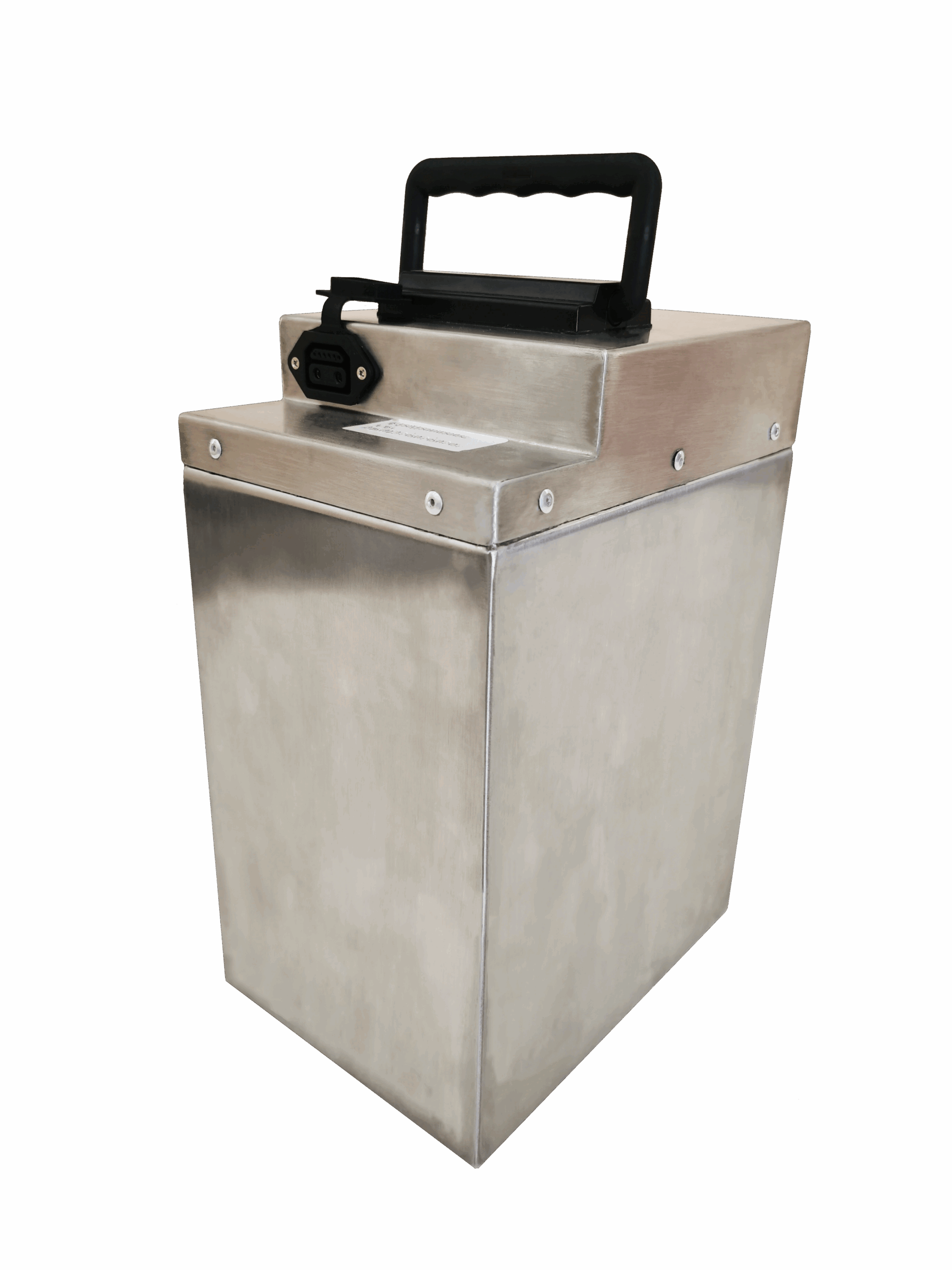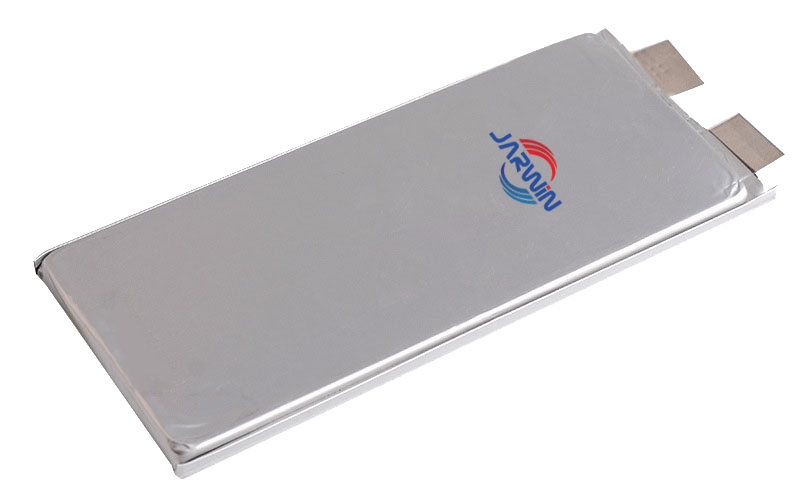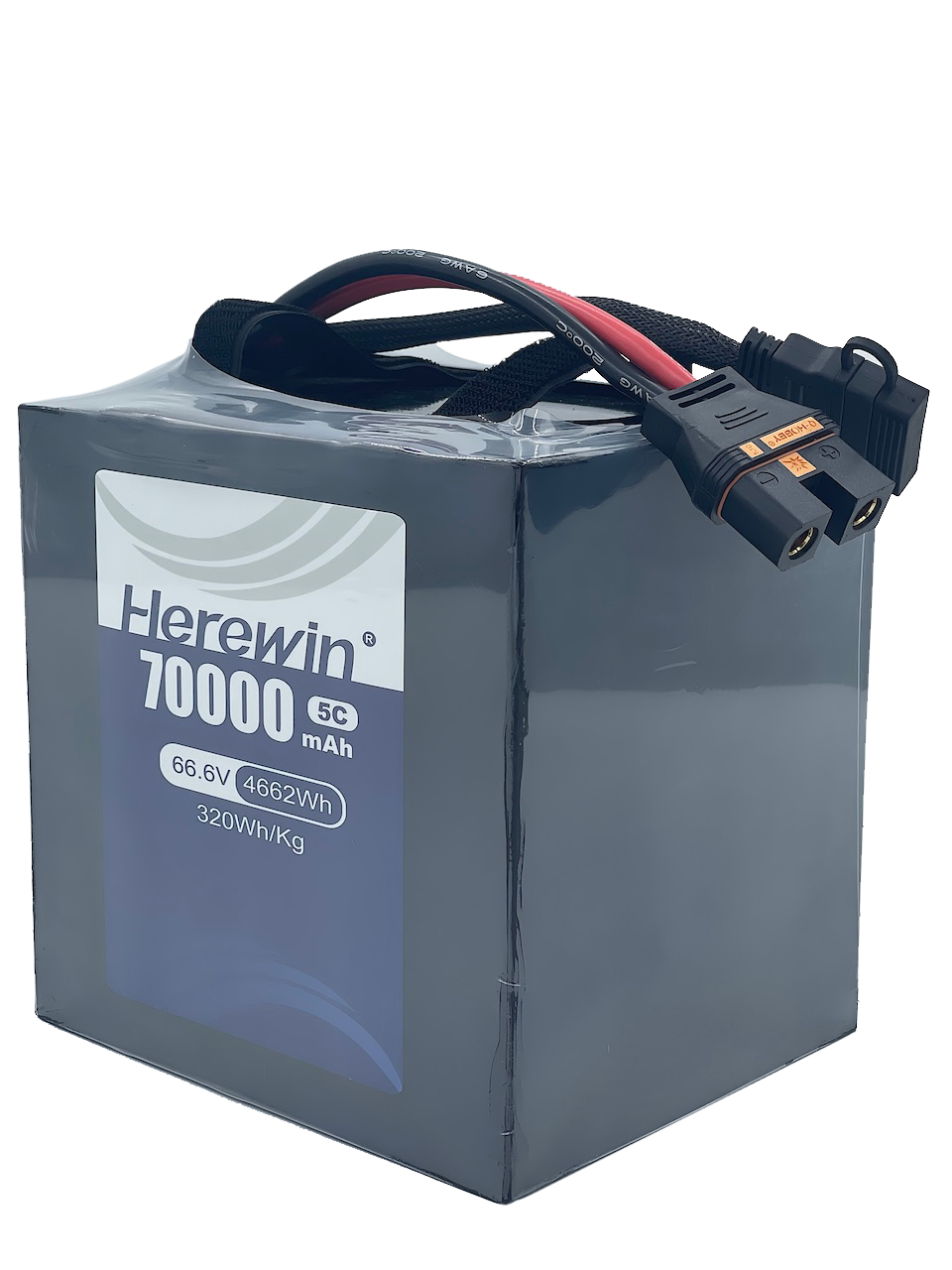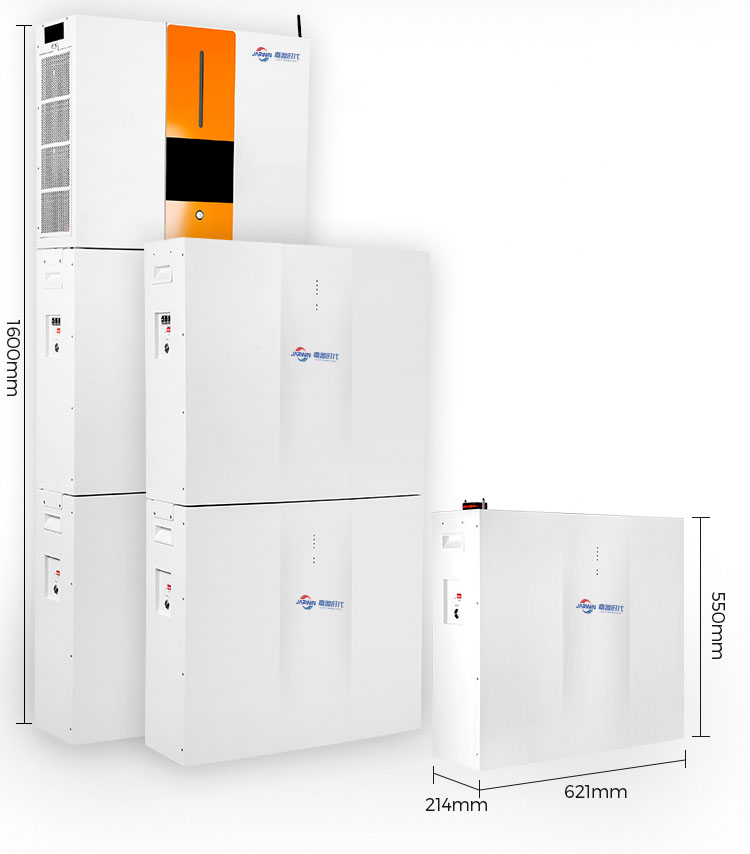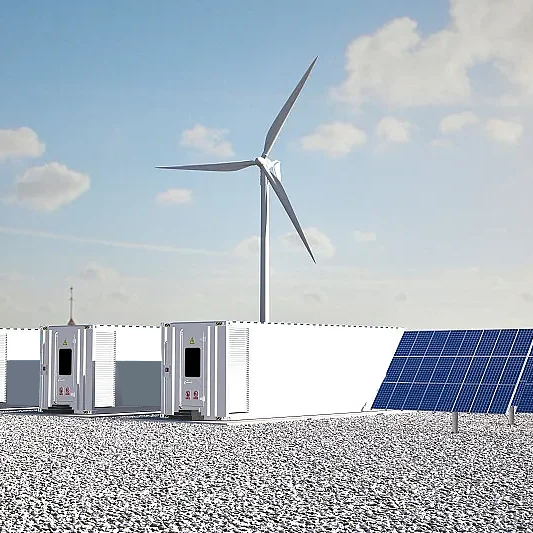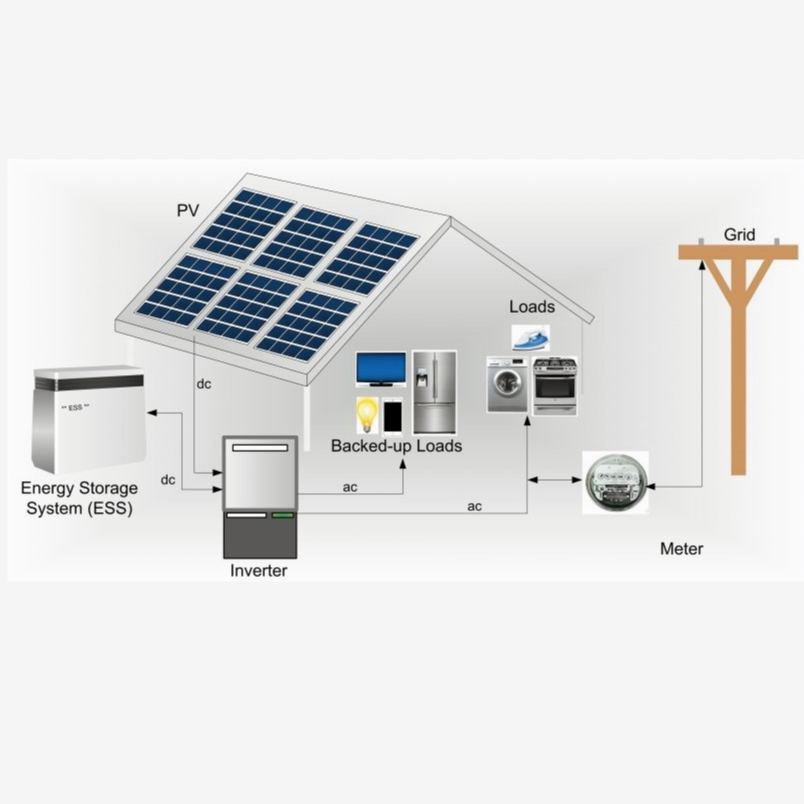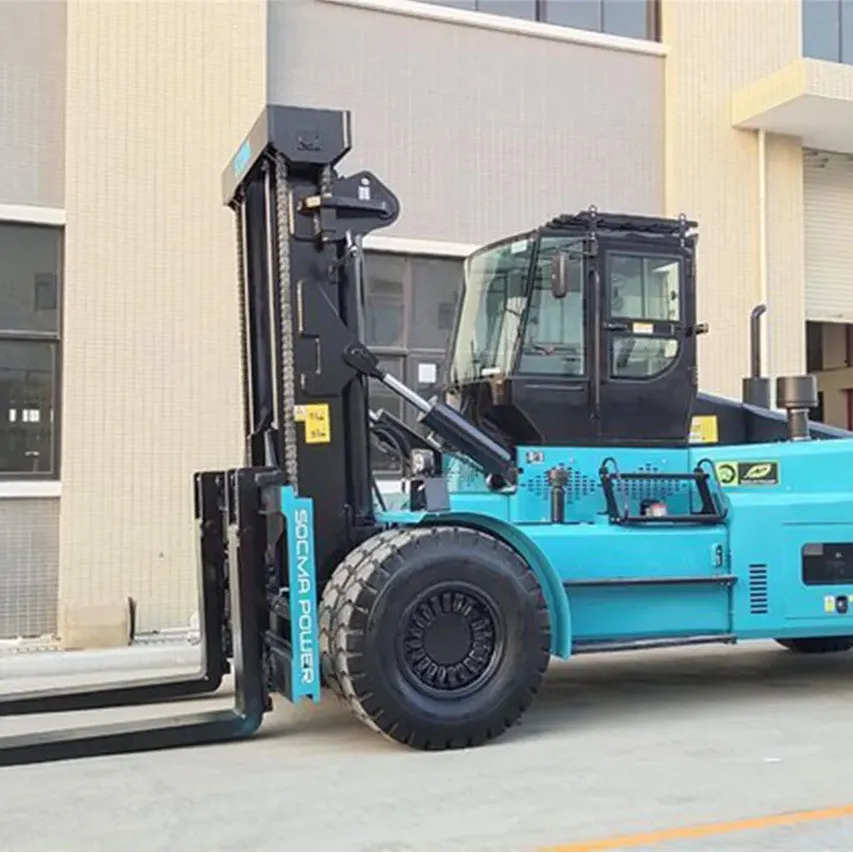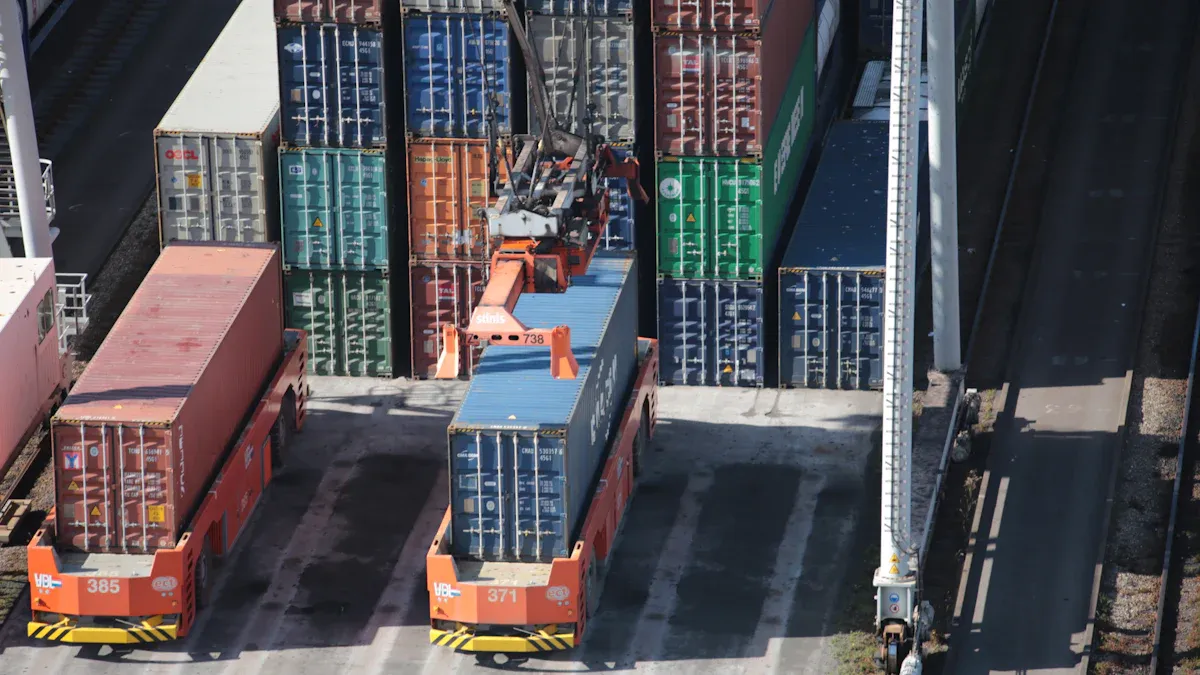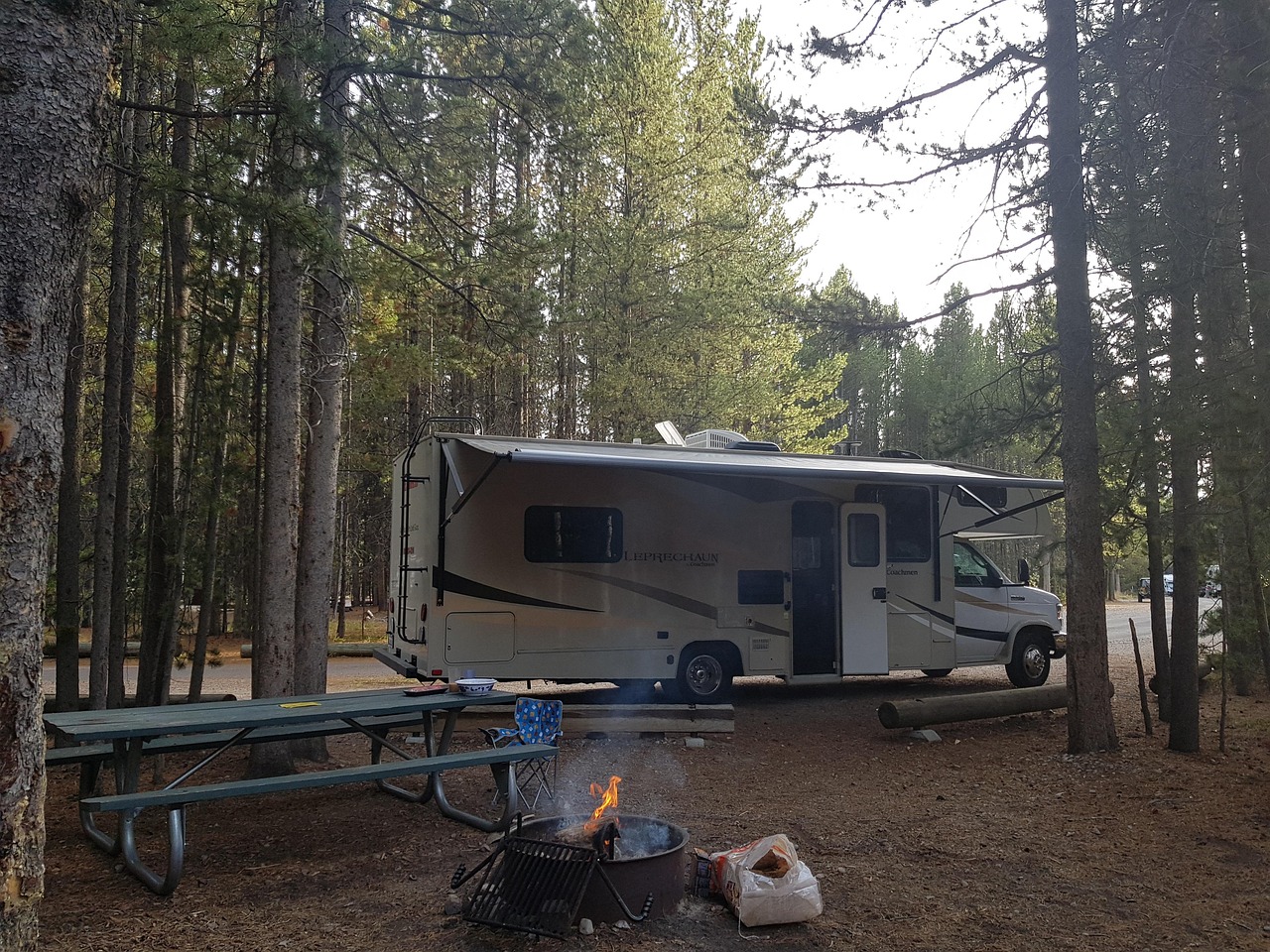
RV manufacturers are actively seeking enhanced power solutions. This guide delves into the financial and technical aspects of an RV High-Voltage Strategy, assisting them in considering a transition from traditional 12V systems to more efficient 24V or 48V alternatives. Higher voltage significantly reduces current, leading to minimized power loss and improved energy transmission within modern RVs.
The fundamental principle, Power (P) = Voltage (U) x Current (I), highlights the direct relationship. Furthermore, the power lost (P) due to resistance is calculated as Current (I) squared x Resistance (R), clearly illustrating why increased voltage benefits the RV battery. The chosen battery voltage directly impacts system efficiency, making the selection of the optimal battery setup crucial for maximizing overall performance.
Key Takeaways
Higher voltage systems, like 24V or 48V, make RV power work better. They use less current, which means less energy is lost as heat.
Old 12V systems need thick, heavy wires for high power. This costs more money and wastes energy. Higher voltage systems use thinner wires.
24V systems are a good upgrade for bigger RVs. They use thinner wires and work better than 12V. Many parts are now available for them.
48V systems offer the best performance, allowing the concurrent use of multiple high-wattage appliances and facilitating much faster bulk charging.
Choosing the right voltage balances how well the system works with its total cost. This choice affects the RV battery and all connected devices.
High-Voltage Value: Efficiency & Wire Cost
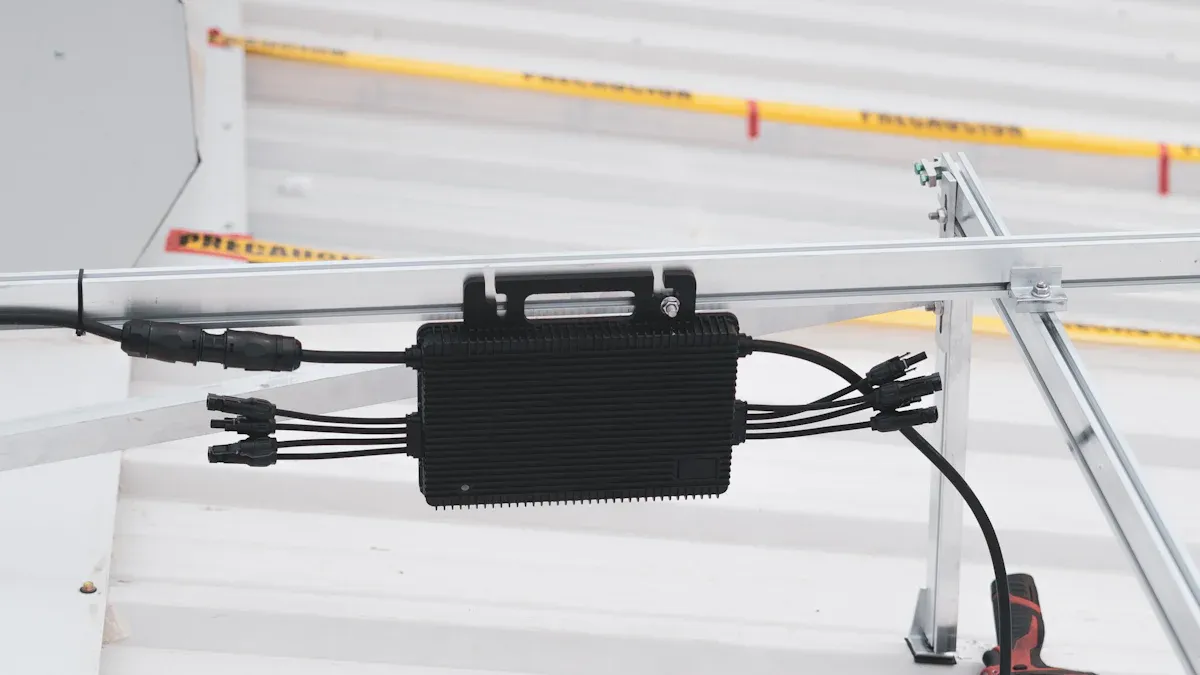
This part looks at good things about an rv high-voltage strategy. It is for RV makers. It shows how more voltage makes things work better. It also lowers wiring cost.
Technical Constraint
Old 12V systems struggle with modern power needs. When an RV needs more power, current becomes very high. High current necessitates very thick, heavy, and costly wires. This bulk increases the RV’s load and raises the risk of power loss through heat generation. For high-demand systems, this high current also stresses the battery, shortening its lifespan.
Efficiency Deep Dive: The I²R Advantage
Higher voltage systems work better. The formula P=I²R shows this. P means power loss. I means current. R means resistance. When voltage goes up, current (I) goes down. This is for the same power. Current is squared in the loss formula. So, a small drop in current helps a lot. It greatly lowers power loss. Less energy becomes wasted heat.For example, transmitting 1000W of power, the 12V system current is approximately 83.3A, while the 48V system current is only about 20.8A. A 48V system uses less current. It uses one-fourth of a 12V system. This is for the same power. This makes the RV battery work much better. The electrical system also works better. This helps the battery stay charged longer.
Financial Impact (Wire Gauge)
Thick wires in 12V systems cost money. For power over 2000 watts, 12V systems need big cables. This makes them not good for high power. A higher-voltage system, such as 48V, uses current four times lower than a 12V system for the same power, enabling the use of much smaller wires. This substantially reduces cable costs, weight, and the complexity associated with installing large copper cables.
Thick cables for 5 meters can cost a lot. It can even cost as much as an extra battery. For high current (150A or more) or long ways, bigger wires are not always an option. Changing to a higher system voltage cuts cable needs. It lowers the total cost. This also keeps the battery safe. It stops too much current from being pulled.
Voltage Strategy: Key Trade-offs and RV Model Applications
12V Systems: Traditional Choice
Many RVs still use 12V systems. These are a common choice. They work with many things. RV makers can easily find parts. They can also get service for 12V systems. Most RV items, like lights, fans, and fridges, use 12V. This means no extra parts are needed. A 12V battery system needs fewer parts. It is easier to understand. It is also easier to set up and fix. But, 12V systems use a lot of power for big jobs. This means thicker wires. It also means more heat. This wastes power for big needs. They are good for smaller RVs. They are also good for basic power. For example, a 12V 200Ah (2.4KWH) lithium battery can power a 150W car fridge for about 12-13 hours.They work for those on a budget.
24V Systems: The Balanced Upgrade
24V systems are a good step up. They work better than 12V systems. This means thinner wires. It also means less heat. More 24V parts are becoming available. A 24V battery system helps big electrical systems. This is true for camper vans.
If a 12V battery bank is over 400Ah, 24V is better. It is much better at 600Ah. These systems help RVs with strong devices. Examples are air conditioners or hot water heaters. They also include induction cooktops. They make the inverter work much better. However, the use of 24V requires specialized voltage conversion equipment to adapt the RV’s original 12V appliances, which adds complexity and initial cost. Both 12V and 24V power systems are old. They are made in large numbers. This means good support. It also means good prices.
48V Systems: Flagship Performance
48V systems offer top performance. They are the most efficient choice for RV high-voltage needs. A 48V battery system uses much less current, which means less energy is lost as heat. This translates into more usable power and makes the whole system work better. This is especially true for power consumption over 2000W.
48V systems make it easy to power big devices concurrently, such as air conditioners or fridges. For instance, a 1.5 horsepower air conditioner that can be powered for about 2 hours by a 12V lithium system can be powered for up to 4 hours by a 48V system, due to the higher efficiency of the higher voltage. They are ideal for high-demand RVs that frequently need to power large appliances concurrently, allowing for longer off-grid stays between charging cycles.
Furthermore, 48V systems maximize energy transmission efficiency and facilitate much faster bulk charging.48V systems also make the battery last longer and give more steady power to the electrical system. 48V systems are great for high-end RVs. They suit those needing a lot of power and those with big solar power setups. In extreme environments, a lithium battery with a self-heating function can start at -40℃.
48V systems cost more at first for some specialized parts. However, the long-term benefits are substantial because of how well they work. The voltage choice affects everything, including the battery and all connected devices.
Component Complexity and Total System Cost
RV makers must think about the total cost. This is when they pick a voltage plan. This includes starting costs. It also includes safety features. Maintenance and part availability are also key. Each voltage level has different challenges. It also has different benefits. This is for the whole battery system.
Initial Capital Cost
The initial capital cost for RV electrical systems changes based on the voltage strategy. While thinner wires in 24V/48V systems generate material cost savings , this reduction is frequently offset by the necessity of specialized, higher-voltage components (like inverters and chargers) and the inclusion of voltage converters (e.g., 24V-to-12V step-down units) to interface with the RV’s existing electrical components.
Higher voltage parts cost more at first, particularly for 48V systems. These systems require new, specialized components that must meet strict safety and performance rules. Furthermore, upgrading from a lead-acid system to a lithium system requires simultaneously upgrading the charger to a lithium-specific model (supporting 14.6V constant voltage charging).
BMS and Safety Requirements
A Battery Management System (BMS) is vital for the safety of all lithium batteries, especially those in high-voltage series configurations. The BMS monitors voltage, temperature, and current to prevent overcharge, overheating, and short circuits. It is important to note that Lithium Iron Phosphate (LiFePO4) chemistry offers superior thermal safety (thermal runaway temperature up to 210°C) compared to other lithium types (e.g., 160°C for Ternary Lithium), making the BMS a robust safety guardian. This strong protection is key. It is vital for any RV high-voltage strategy.
Beyond safety, LiFePO4 batteries also offer superior operational benefits, such as a 100% depth of discharge, compared to ≤50% for lead-acid. In contrast, lead-acid batteries must be installed in a ventilated area because they release hydrogen gas.
Maintenance and Technical Skill
Keeping higher voltage systems working needs special skills. RV owners must perform regular checks, including monitoring the battery charge, cleaning terminals, and performing load tests. Common problems like rust on battery terminals, tripped circuit breakers, and loose or rusted electrical connections must be addressed quickly. Checking and cleaning all connections often is important, and ensuring safe grounding and wiring helps prevent issues. For long-term storage, lithium batteries have specific requirements: they should be kept at 50%-70% charge, and storing them at 100% full charge for more than seven days should be avoided to prevent accelerated aging. Failing to perform maintenance can lead to big replacements, affecting the longevity of both the electrical system and the battery.
Complexity and Component Availability
More special parts for 24V and 48V systems are being made. Many companies now sell 24V/230V pure sine wave power converters and 48V 6000W pure sine wave inverters. High-efficiency 24V 48V 50A DC-DC power converters are also sold. The global RV voltage converter market is growing fast because more people own RVs. However, finding these high-voltage parts can be difficult. EV battery units are shipped as ‘dangerous goods,’ subject to many rules and limits. Semiconductor chips also need special care, which makes getting higher voltage parts harder.
Charging Efficiency Note:Lithium batteries have a higher charging acceptance, enabling a 200W solar panel paired with lithium to store an extra 0.5kWh of power daily compared to lead-acid. Overall, lithium batteries can store 30% more power than lead-acid in the same amount of sunlight due to their higher charging efficiency.
Choosing the best voltage for an RV is a strategic balance that weighs energy savings (efficiency) against total system cost, including wire cost versus component price. While 12V systems are common, they are less efficient for high power; 24/48V system offers better efficiency and lower wiring cost for larger RVs. Selecting the correct voltage is crucial as it directly impacts the RV battery’s longevity and overall system performance. This decision is key to a successful RV high-voltage strategy.
Partner with Herewin for technical consultation to help select the optimal voltage system, minimizing line loss while meeting your RV power needs.
FAQ
What is the main advantage of a higher voltage system for an RV?
Higher voltage systems use less current. This means less power is lost. It makes things work better. Thinner wires can be used. The RV’s main battery works better. A 48V battery system helps a lot.
Why are 12V systems still common in RVs?
12V systems are old. Many RV items use 12V. Parts are easy to find. They cost less. They are easy to put in. They are good for basic power. They are good for small RVs. The RV battery is easy to handle.
How does a 24V system compare to a 12V system in terms of wire cost?
A 24V system uses thinner wires. This is for the same power as a 12V system. This saves money on wires. But, these savings might not pay for converters. They might not pay for special 24V parts. The total battery system cost must be checked.
What are the benefits of a 48V system for an RV?
48V systems work best. They lose much less power. This means faster charging. Appliances run longer. This is for high-power items. They make the RV battery last longer. This system is great for big RVs. It is good for RVs needing lots of power.
What role does a BMS play in an RV battery system?
A Battery Management System (BMS) keeps the RV battery safe. It stops too much charging. It stops short circuits. It stops very hot or cold temps. It makes the battery work safely. It makes the battery last longer. A good BMS is key for any RV battery setup.
See Also
Optimizing Golf Cart Fleet Performance: Selecting Ideal Battery Voltage and Capacity
Lithium Conversion for Golf Carts: Performance and Cost Savings Case Studies
RV Battery Showdown: Lead-Acid Versus Lithium Performance Test Results
FPV Drone Batteries 2025: Selection, Maintenance, and Performance Optimization Guide

